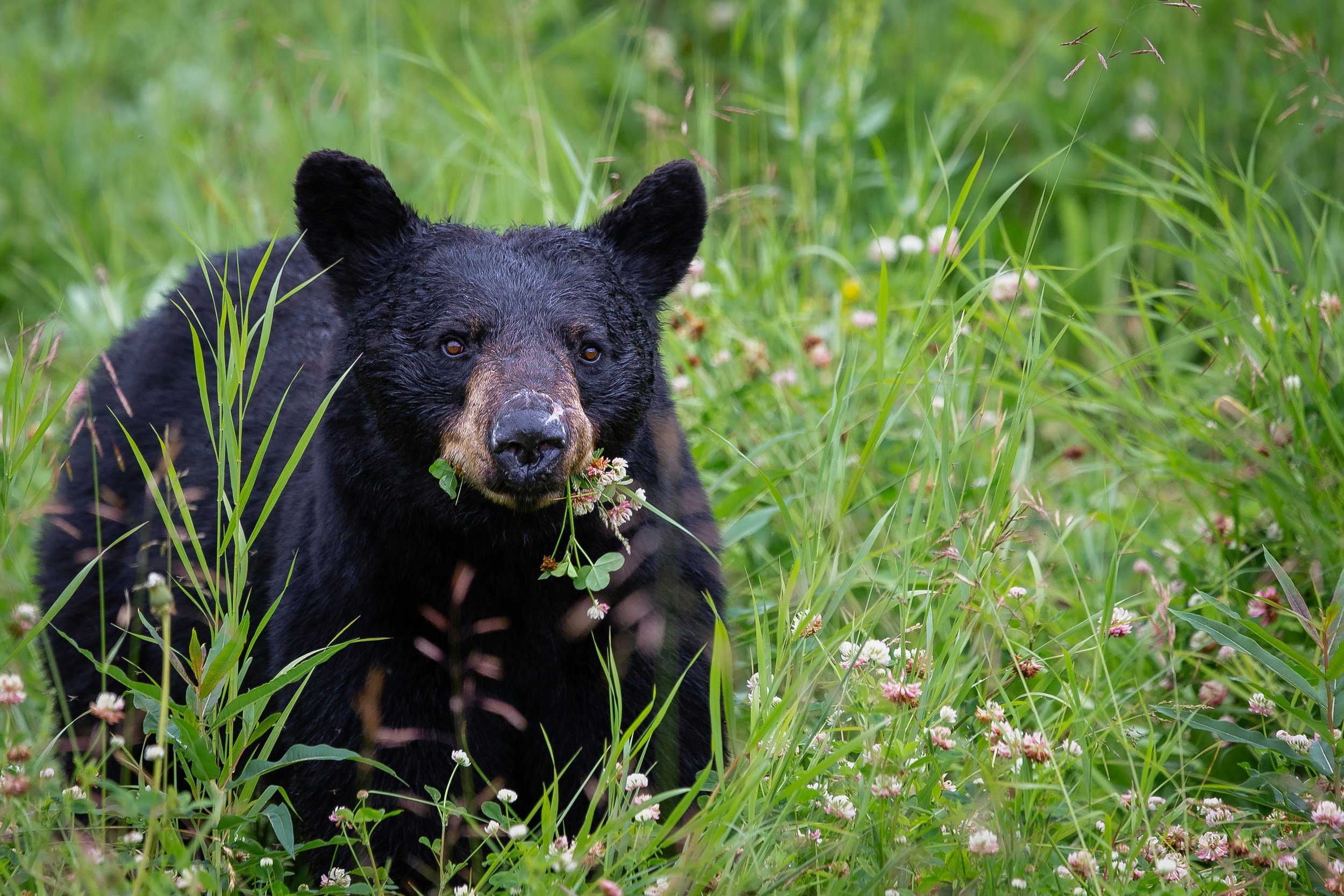
Wildlife & Migratory Bird Sweeps
&
Planning and Mitigating for Migratory Birds in Western Canada
Wildlife & Nest sweeps, what are they?
Wildlife features receive protection under various levels of legislation, including provincial, territorial, and federal statutes. During the breeding season, project proponents often undertake sweeps to identify migratory bird nests. Beyond this period, conducting wildlife sweeps remains a critical mitigation strategy to ensure that protected natural features are not impacted by development activities. In Alberta, completing a wildlife sweep is a mandated condition for obtaining approval. Holders of dispositions, licenses, and permits are required to conduct a comprehensive wildlife sweep of the project sites, including a buffer zone of 100 meters, immediately before the commencement of any activities. This sweep aims to identify and protect various features, including nests, dens, hibernacula, roosts, lodges, dams, mineral licks, and other significant environmental elements.
Proactive Planning and Mitigations
Black Fly Environmental specializes in conducting thorough bird surveys and nest sweeps for projects that may potentially disrupt or endanger nesting bird species. Our team of qualified Wildlife Specialists is adept at identifying nest locations and confirming the presence of species during the critical nesting season from April to August. We offer strategic guidance on implementing the most effective mitigation measures ahead of the nesting season. This proactive approach is designed to prevent costly delays in construction and ensure our clients' projects proceed smoothly. Our reports on nest surveys are detailed, noting that conditions such as nesting frequency can evolve throughout the breeding season. Consequently, the validity of sweep and survey reports may vary, typically ranging from 1 to 7 days depending on the timing within the season.
Adhering to these surveys is crucial for compliance with significant legislative frameworks such as the Migratory Birds Convention Act (MCBA) and the Alberta Wildlife Act. The MCBA, under federal jurisdiction, along with the provincial legislation, strictly prohibits the disturbance or mortality of migratory birds. The Alberta Wildlife Act extends these protections to include certain resident bird species as well. Emphasis is often placed on the nesting period, a vulnerable time when bird mortality rates increase due to egg incubation and before the fledglings develop flight feathers.
Black Fly Environmental is well-equipped to handle the demands of various construction projects, including bridge construction and land clearing, which often include specific provisions for wildlife sweeps. Our capability to schedule these essential services promptly ensures that construction activities do not disturb, harm, or kill migratory bird species, thereby adhering to both environmental protections and project timelines.
Our ROLE
At Black Fly Environmental, we are proud to have experience wildlife biologists and technicians that provide guidance and mitigation planning for wildlife resources in western Canada. Our team
Strategic Approach: Leveraging a combination of in-depth regional analysis and community insights, our approach focused on strategic interventions to mitigate human-wildlife conflicts effectively. We emphasized practical measures, such as managing wildlife attractants and implementing community education to foster respectful coexistence.
Community Collaboration: Recognizing the importance of inclusive dialogue, our plan integrated extensive public engagement and collaboration with local organizations and Indigenous communities. This ensured that a diverse range of perspectives and traditional ecological knowledge shaped our strategies.
Innovative Solutions: From updating bylaws to enhance wildlife safety to promoting habitat security through physical measures like wildlife exclusion fencing, our solutions were designed to be both innovative and pragmatic. We also prioritized continuous improvement and adaptive management to respond to evolving conditions and findings.
Long-term Commitment: Our role extended beyond immediate actions to a visionary outlook for Canmore’s future. We created a multi-year plan that aims not only to address current issues but also to establish a foundation for ongoing wildlife management and community safety.
Through this project, Black Fly Environmental exemplified its leadership in environmental stewardship, underpinned by a commitment to conservation and community welfare. Our efforts in Canmore reflect our core values of responsibility, sustainability, and integrity in environmental management.
Key Project Services
Development of Human-Wildlife Coexistence and implementation Plan
Detailed stakeholder engagement featuring public surveys
GIS analysis and development of project specific datasets to guide the Town of Canmore in its decision making process.
Literature review of wildlife co-existence principle’s with focus on the greater Bow Valley habitat corridor.
Public presentations detailing report findings and recommendations.







